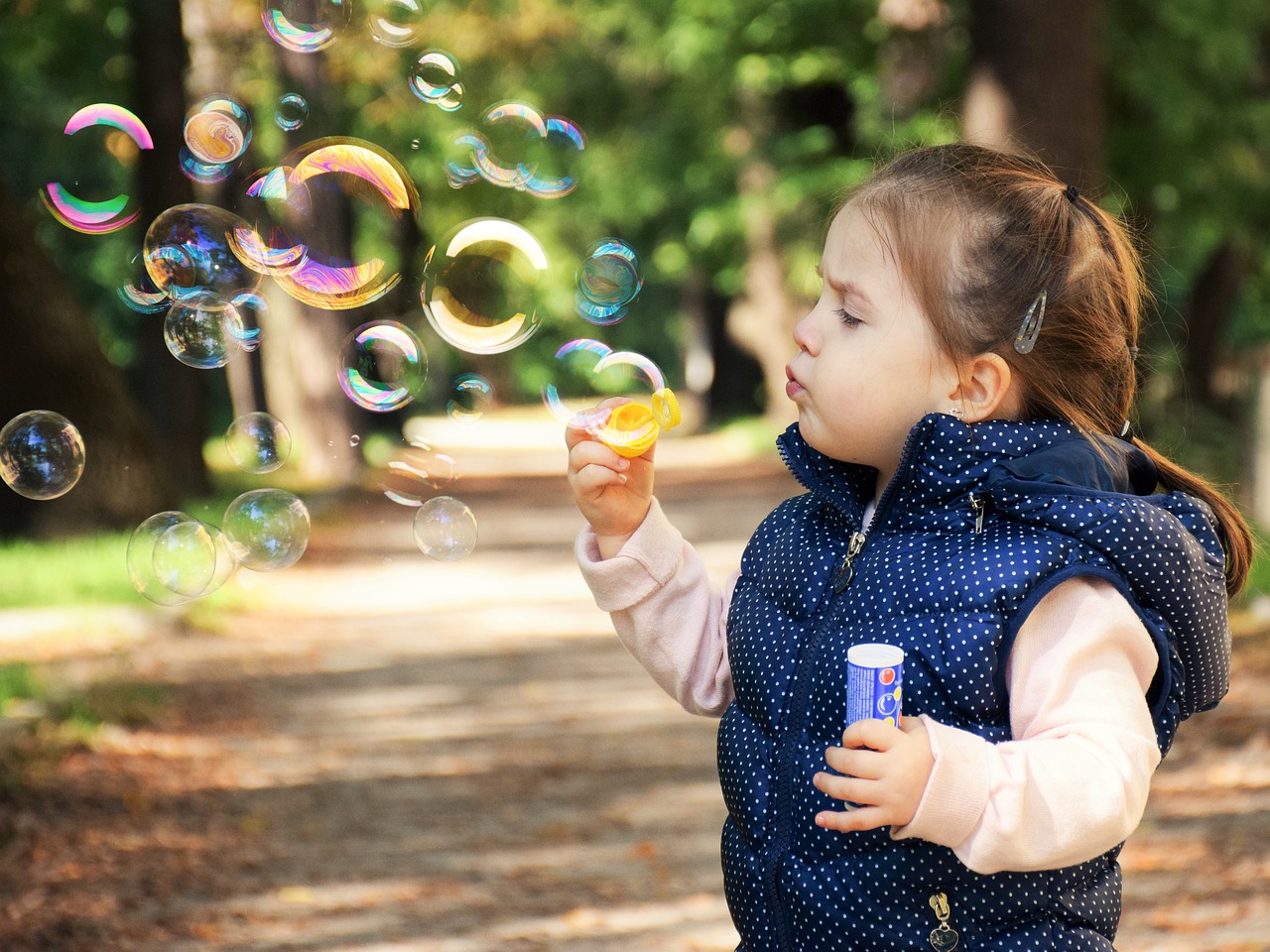Recently updated on April 6th, 2024
Congratulations, Your baby threw his/her first birthday party. In just one year, your baby has transformed from a helpless newborn into an independent little person. Now it’s time to engage them in fun learning activities and get some activities for one-year-olds.
Throughout my experience and research, I will share the best activities list that encourage play and development. You can do most of these educational toddler activities with items you already have in the home.
What safety concerns should I keep in mind when doing activities for one-year-olds?
As we know, 1-year-olds can’t play unattended. Be observant of anything small that can be a choking hazard, because kids at this age can put anything in their mouth. With your help, these activities will be fun, engaging, and educational, which will lead to happy toddlers.
1. Sensory Bin
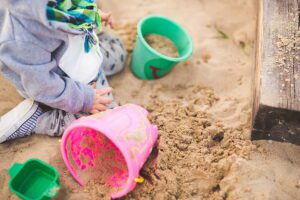
The concept is straightforward: Once a container is full of compound material, such as rice, sand, kidney beans, hide toys, or other items therein. After that, give them tweezers, scoopers, and other instruments, and let them start pouring, scooping, and digging! It is beneficial if they place their hands inside the sensory bin as well since the purpose of it is to introduce them to a variety of textures and feelings.
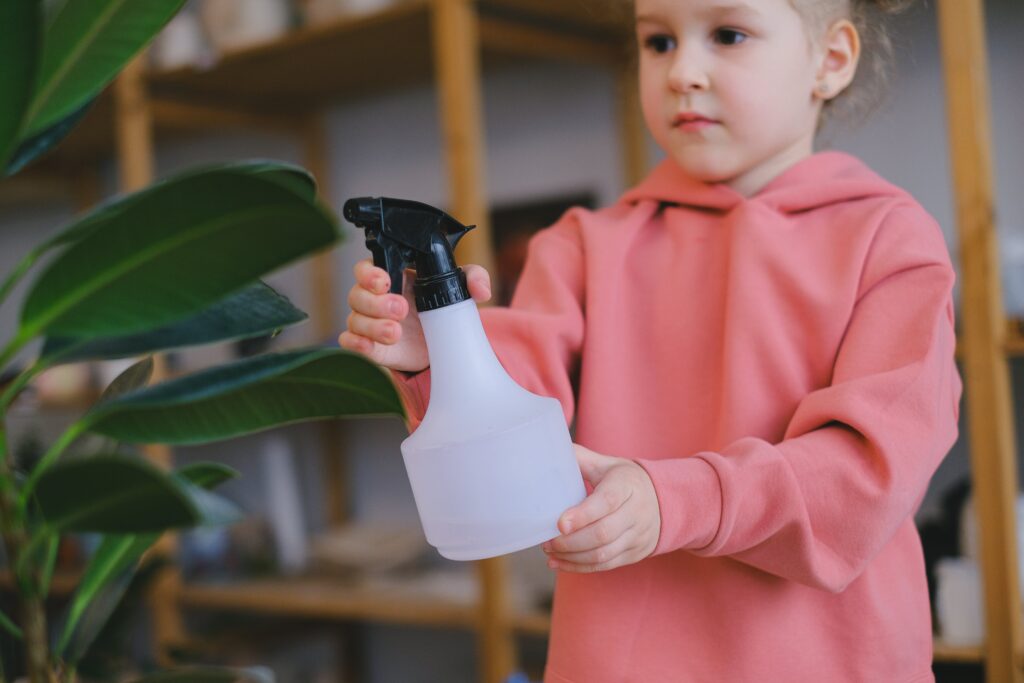
2. Spray Bottles
Little ones love to pretend to clean and become obsessed with the task. In addition to being entertaining to play with, spray bottles make excellent educational and artistic tools. Allow children to use a spray bottle to mist water this will help strengthen their hands.
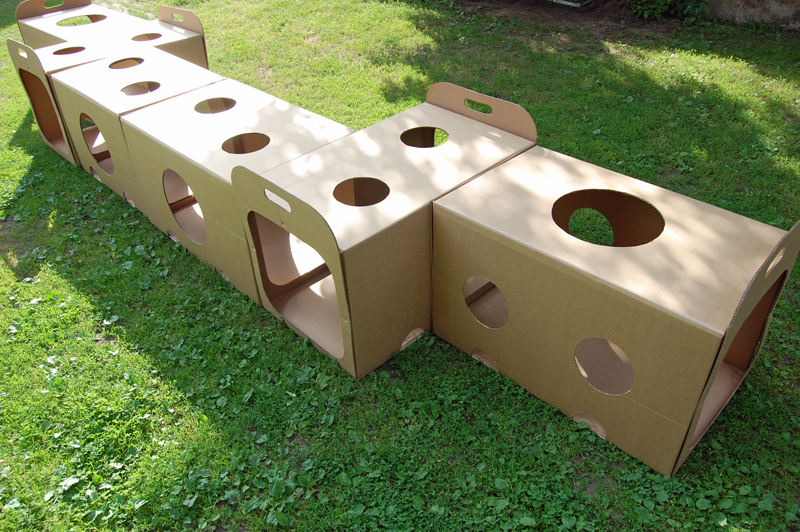
3. Crawl Through Cardboard Tunnels
The simplest things can provide the most enjoyment. I say this a lot because I genuinely believe it! Just flipping a big cardboard box on its side and making a tunnel for crawling around creates such excitement! With all that brisk crawling, lots of activity was had and sweet jokes and chuckles were exchanged! this is one of the best activities for one-year-old.
4. Pom Pom Drop
Apply adhesive tape to a wall for securing various-sized cardboard tubes. Next, offer your young child a handful of pom poms to drop into tubes. She will be astonished to witness how they emerge from the other end. Place some tubes in a reachable area for your kid. Having them stand up and then squat down to pick up the pom poms will assist develop the leg muscles necessary for walking.
5. Pull The Pegs (Motor skills: grabbing and pulling)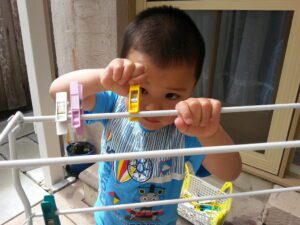
Simply holding the pegs and watching them open and shut, or placing them in a tub and tipping them out again, may amuse your younger child. Playing this way is beneficial for your child’s development since it teaches them about their surroundings and how things can happen.
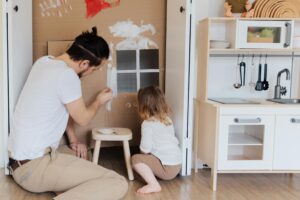
6. Cardboard Box Art
Cardboard containers are one of the easiest crafting and creative supplies available. A simple cardboard box can serve as the starting point for a lot of creative endeavors and imaginative playtime activities! My favorite way to keep youngsters coloring and having pretend plays is with these boxes.
7. Sponge Squeeze
Give your toddler a sponge when bath time comes, and demonstrate to them how it fills with water when squeezed, sinks when full, or drips water when it comes out of the bath. Their hand muscles will be strengthened as they squeeze the sponge. Additionally, you can cut the sponge into various shapes (smaller sponges make it easier to squeeze with one hand) and discuss the various forms as you use them.
8. Colour Sorting
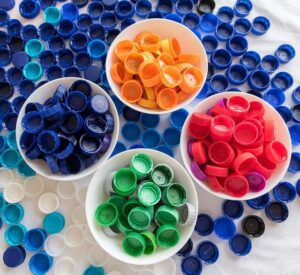
It’s time to put your matching abilities to the test! If you’d rather not spend money on a color shape-sorting toy, you might make one yourself at home by having your child sort colored pom poms or colored balls in colorful bowls. You could also obtain several colorful plastic bins and have them sort toys by color.
9. Stacking and Nesting
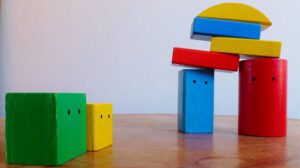
Stacking and nesting improve hand-eye coordination, depth perception, and spatial awareness. You have to visually assess each piece’s placement concerning the other pieces and yourself as you stack them on top of one another. Nesting toys are simpler to start with for younger kids. The pieces’ design is more accommodating and provides more guidance in the early stages of visual perception since they “sit” or latch into the other parts.

10. DIY Cardboard Tube Shakers
Keep those cardboard tubes for paper towels! With a few simple modifications, you may create a shaker for your child to practice drumming. Let your one-year-old explore by filling a few with various items, like dried grains, beans, etc., and see what sounds they produce. Also, involve them in decorating the tube.
Related Topic: Growth and Developmental Activities For 6 Months Baby

